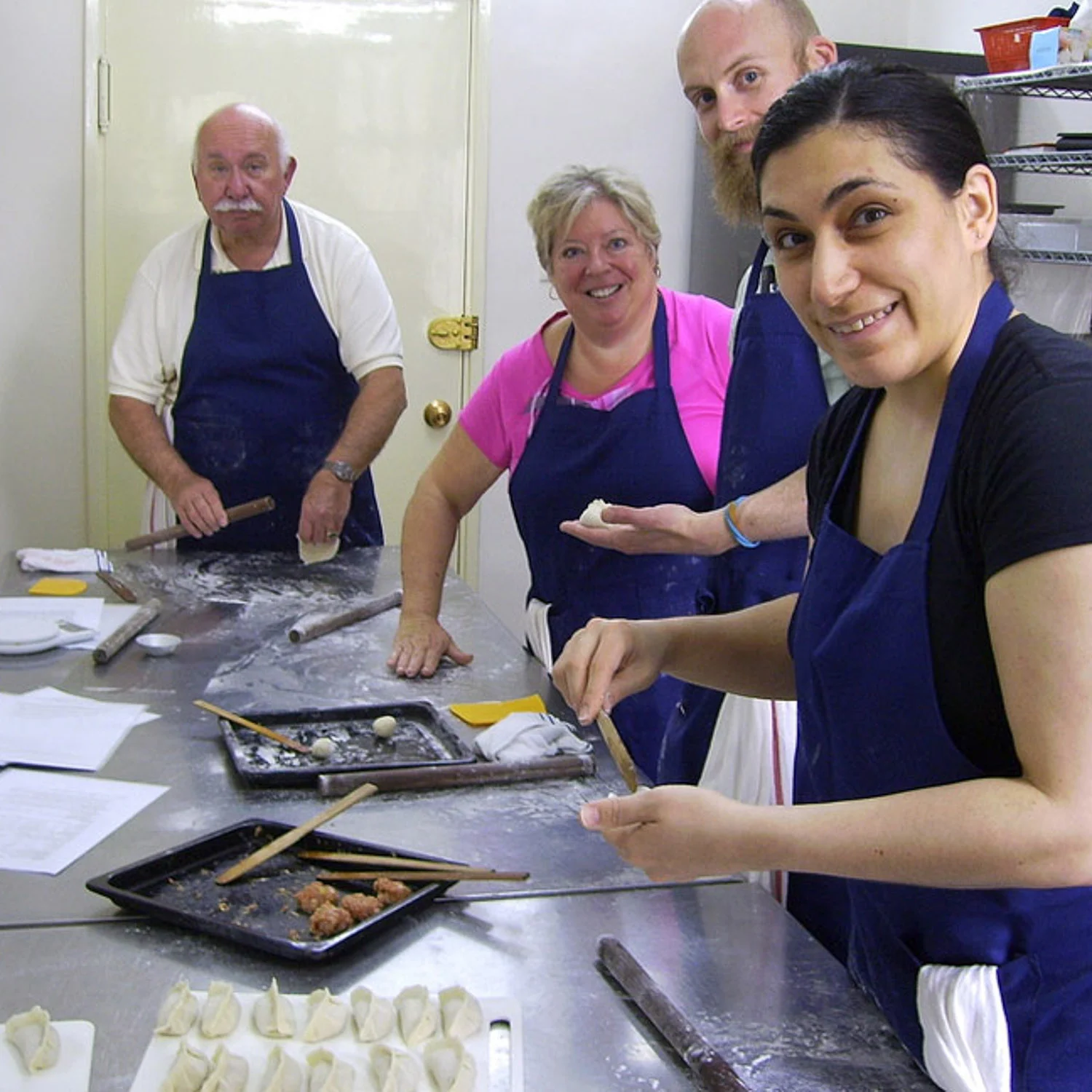Climbing to the Tiger's Nest in Bhutan
There are surely few travel destinations in Asia more exciting than the Tiger’s Nest monastery in Bhutan.
The monastery, an enticing cluster of small buildings in Himalayan Buddhist style, hangs on a cliff in the mountains outside Paro in the west of the country.
The only way for you to reach it is on an arduous mountain trail that starts in the valley far below. Many people who visit the monastery consider it the highlight of their time in Bhutan.
If you’re a senior traveller in reasonably good health, you should be able to do the climb without too much trouble. I did it at the age of 64 without being especially fit.
It’s a good idea to buy a sturdy walking stick from one of the vendors at the start of trail. You should also carry water and snacks.
It took me more than three hours to reach the Tiger’s Nest, which is also known as Paro Taktsang. This included a rest stop at a cafeteria around half-way up, which has fine views of the monastery. Some people finish their climb here.
If you intend to go all the way, you should set aside plenty of time; the round trip of about 8 kilometres (5 miles) is likely to take six or seven hours, including an hour or so spent at the monastery.
Your day is sure to be unforgettable whether it’s sunny, misty or rainy, although rain will make the trail muddy and slippery in places.
I climbed it on a clear November day, with superb views of the mountains, the monastery above and the valley below. A friend who climbed on a misty day in May said that seeing the monastery appear out of the mist near the end of the climb was like arriving in Shangri-La.
Vehicles can’t use the trail but if you prefer not to do the full climb, you can hire a horse to carry you part of the way. You’ll have to climb all the way down, though, as horse-riding isn’t allowed on the downward trip.
The climb is quite a slog, taxing on both lungs and knees. The monastery is around 500 metres higher than the starting point. Although fairly wide, the trail is steep in places and the best way to tackle it is at a slow, steady pace with lots of rest stops along the way.
You’ll pass hundreds of prayer flags draped above or beside the trail. Buddhist devotees will be using the trail too, some carrying heavy loads. Just before the cafeteria is a large prayer wheel on a rock, with a great view up to the monastery.
The long climb gives you an opportunity to reflect on the monastery’s intriguing history. It’s called the Tiger’s Nest because the man who brought Buddhism from Tibet to Bhutan, Guru Rinpoche – also called Padmasambhava – is said to have journeyed to a cave here on the back of a flying tigress in the 7th century.
It’s believed he meditated at the cave for three years, three months, three weeks, three days and three hours. The monastery was built around the cave in 1692. The cave is still there; visitors aren’t allowed to see it but can take a look at other caves behind the buildings.
Many Bhutanese believe this version of events to be truthful. When I asked how Guru Rinpoche had really reached the cave, my tour guide – an intelligent and thoughtful man – smiled and made it clear he believed the flying tigress explanation was factual not mythical.
Most of the monastery’s buildings are not the original ones. A fire in 1998 destroyed much of the monastery and it was rebuilt a few years later.
Towards the end of your climb, you reach a point that’s slightly above the Tiger’s Nest. The view from here of the monastery across the mountain face is stunning.
It’s almost within shouting distance. But there’s still a way to go: down steep stone stairs, past a sacred waterfall, across a narrow little bridge festooned with prayer flags, and up an exhausting set of steps before you finally arrive.
Photography inside the monastery is forbidden and you have to hand over your camera and any bags before entering. It’s still a functioning monastery and you’ll want to take care not to disturb the monks as you look around. But they’re well used to visitors and there’s an easy relationship. If you’re lucky, you’ll be able to watch them chanting.
The four interconnected temples are small, dimly-lit and redolent with the scent of butter lamps. They contain fascinating Buddha statues, paintings, scripts and other religious symbols. Their balconies offer wonderful views of the valley below.
What is most memorable isn’t any particular room or artefact but the whole feel of the place, lost in its own time and space, perched almost magically on a ledge on the cliff face. You feel in no hurry to leave.
It’s with a genuine sense of achievement that you make your way back down to the valley, although going down can be just as hard on ageing knees as going up. Your walking stick comes in particularly handy on the downward journey.
The cafeteria is a good place to stop for a drink and snack, an opportunity to gaze again at the monastery you’ve just visited and look back on an unforgettable day.
And if you like, when you complete your journey you can return your walking stick to the guy who sold it to you, so that he can resell it and earn a little extra money.
Header image: © Alan Williams






